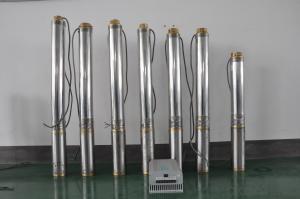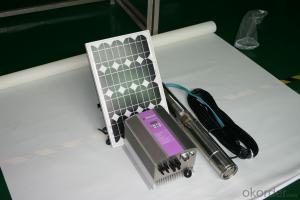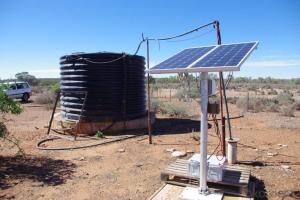New solar water pump with helical screw
- Loading Port:
- Shanghai
- Payment Terms:
- TT OR LC
- Min Order Qty:
- -
- Supply Capability:
- 300 set/month
OKorder Service Pledge
Quality Product, Order Online Tracking, Timely Delivery
OKorder Financial Service
Credit Rating, Credit Services, Credit Purchasing
You Might Also Like
how is the rotor made:
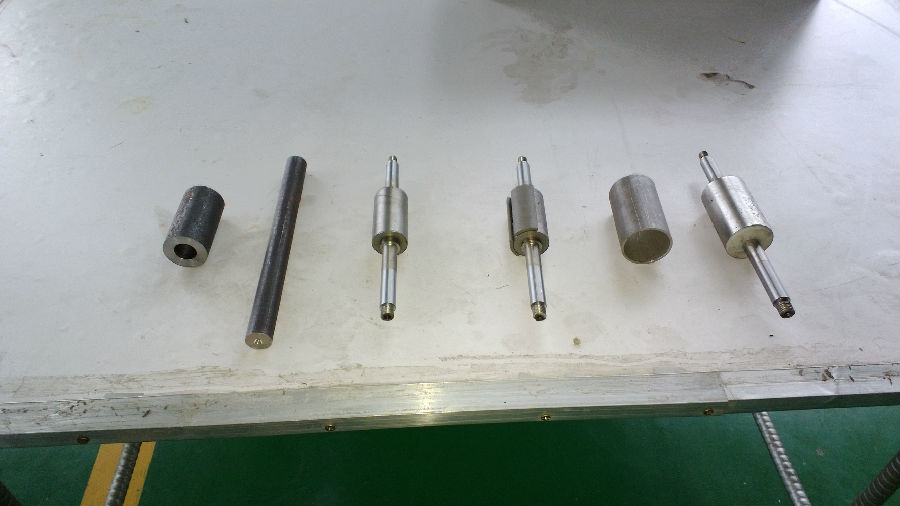
how is the motor made:
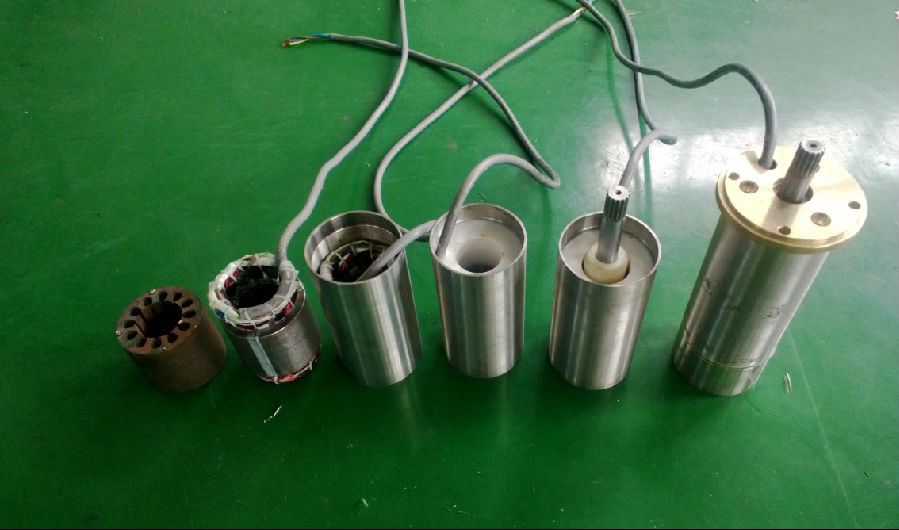
the pump :
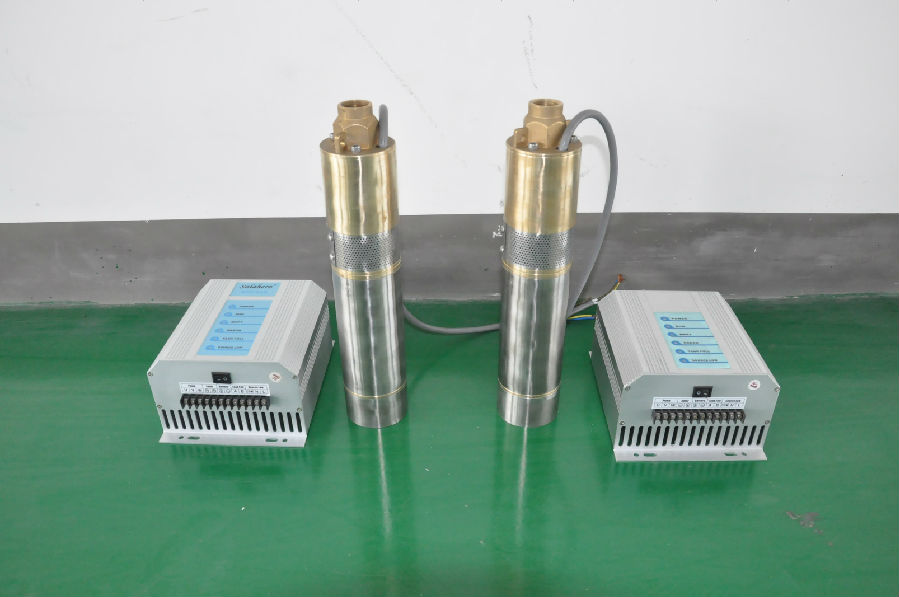
controller terminal connection:
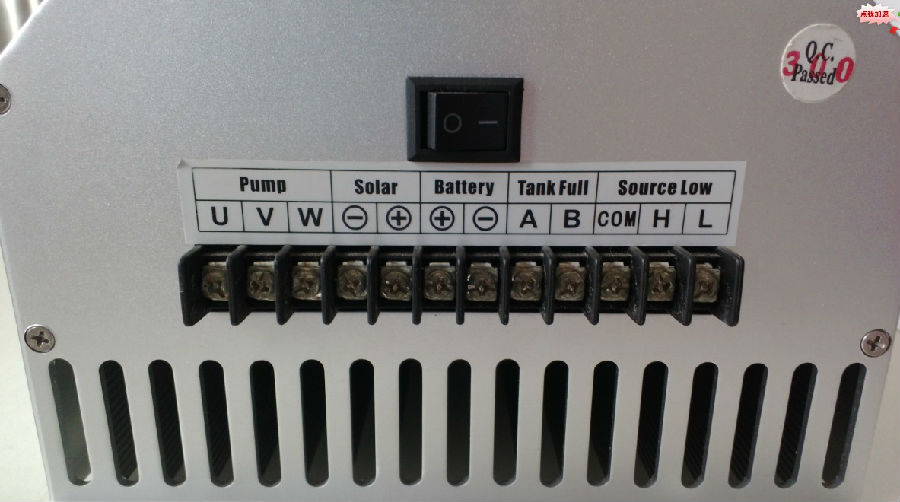
The permanent magnet:
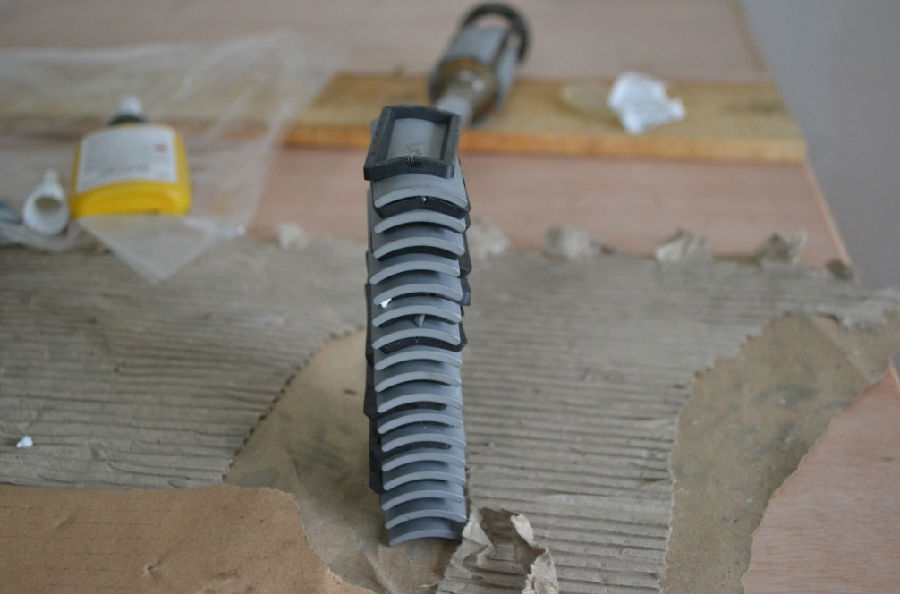
the helical screw:
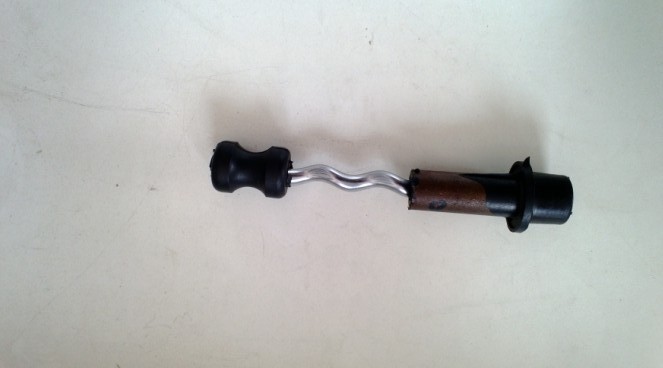
controller box:
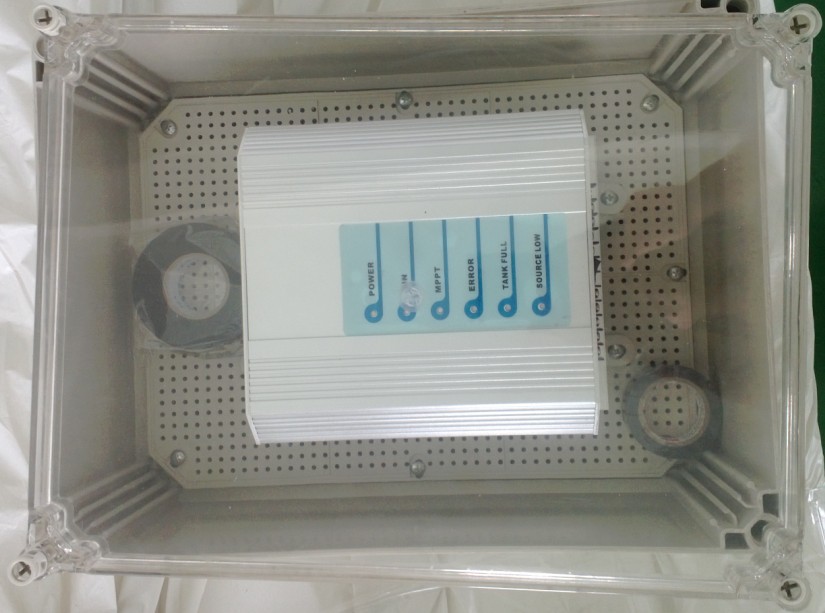
the senors:
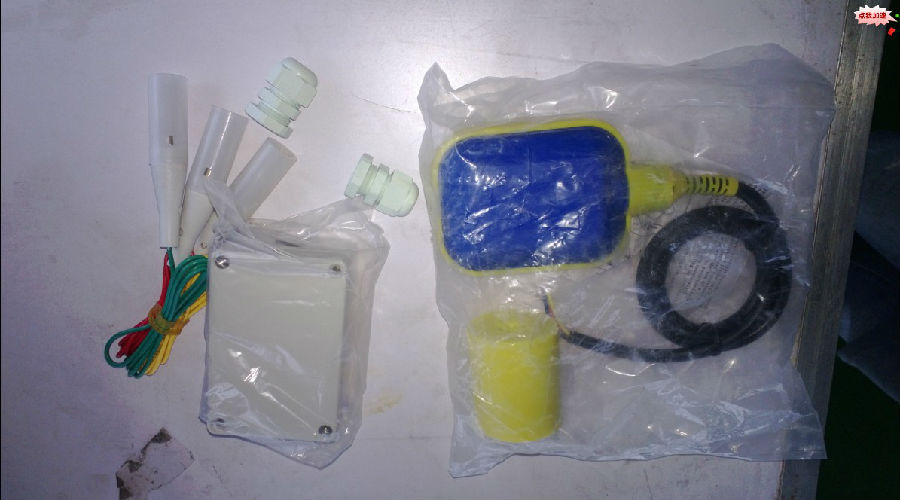
the test:
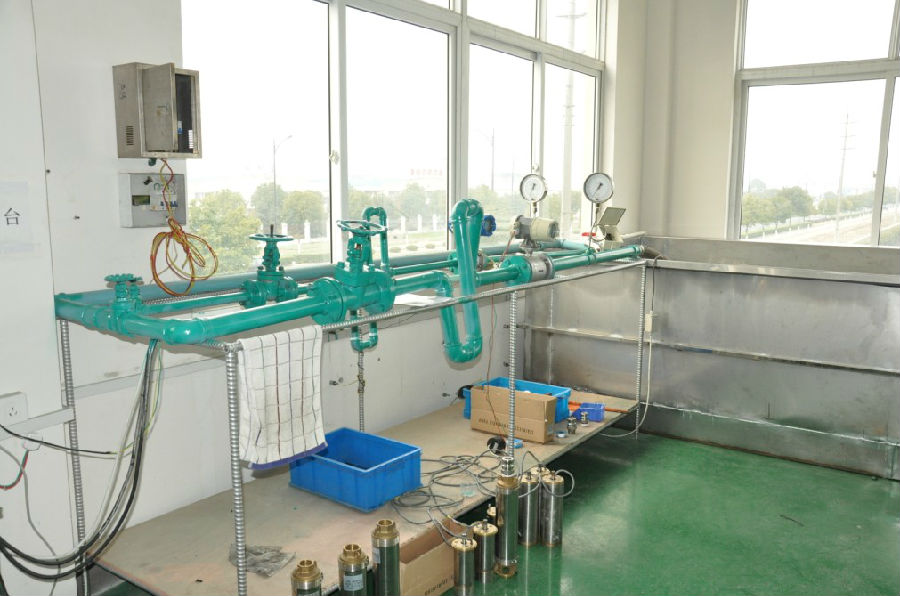
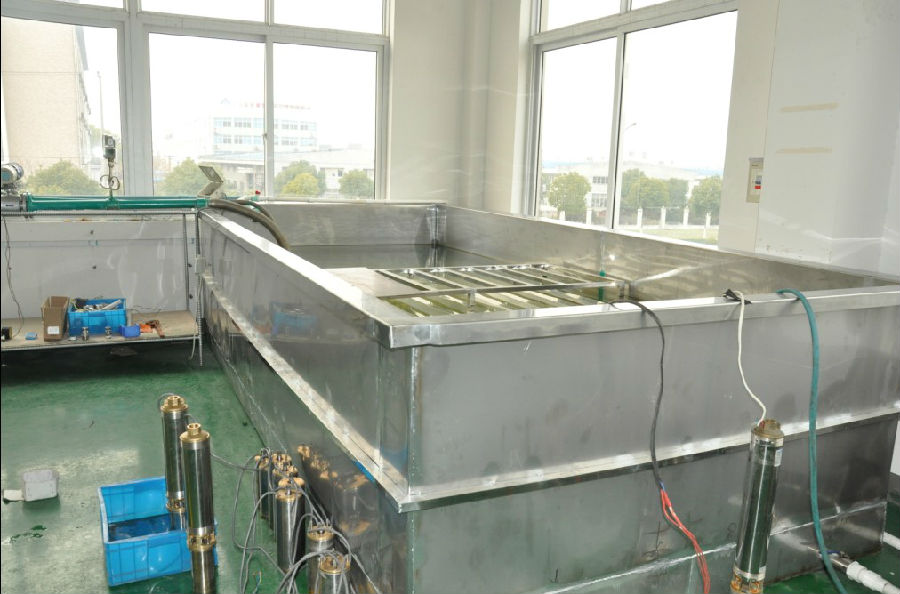
the application:
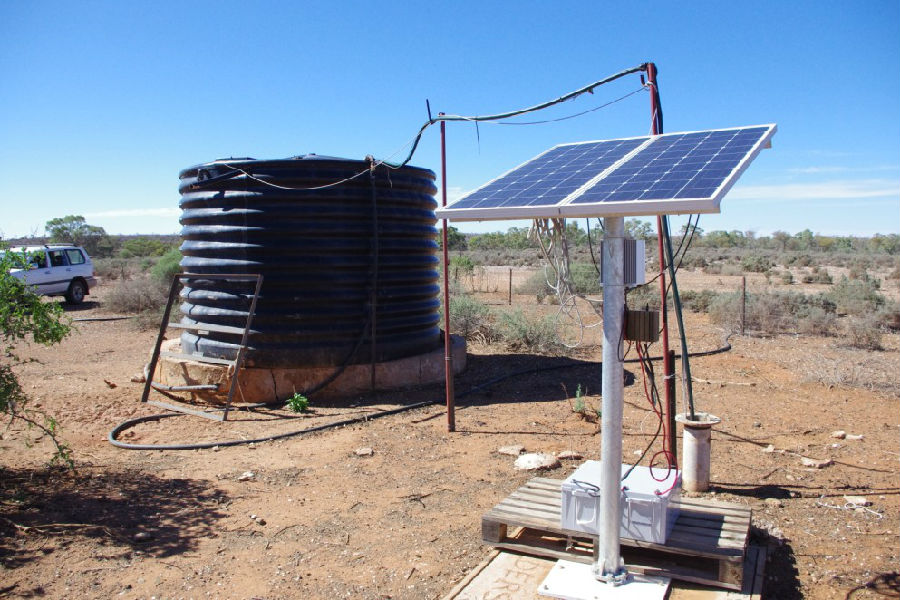
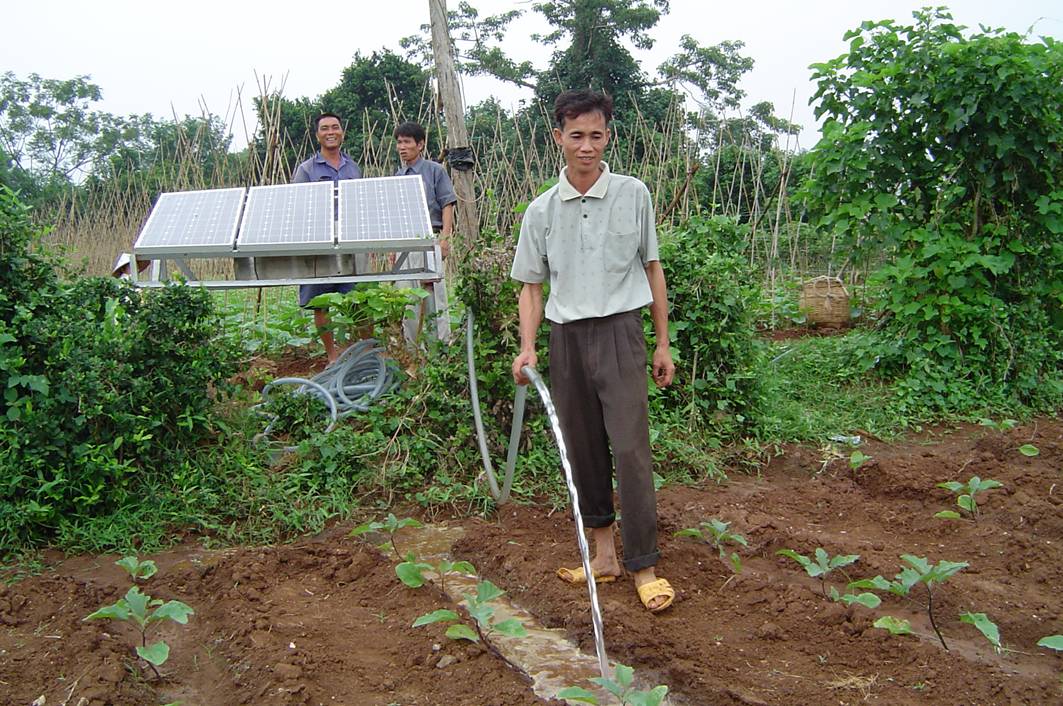
the package:
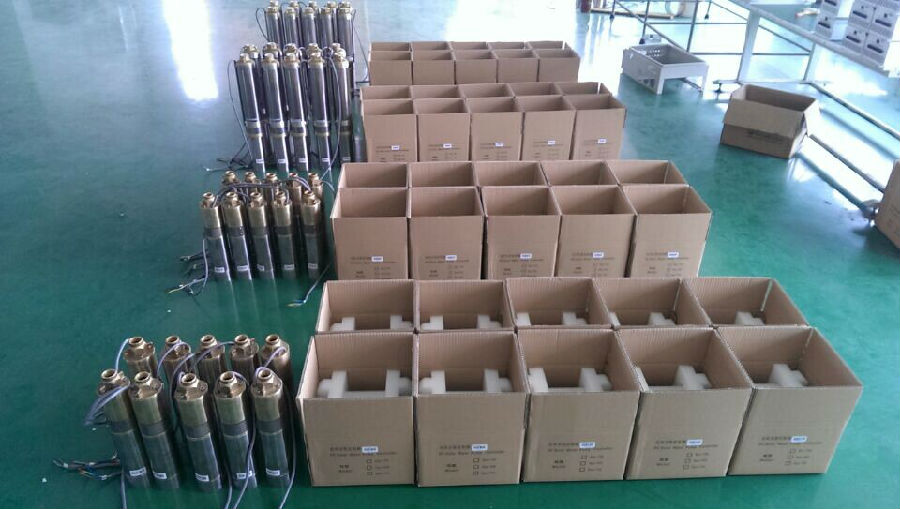
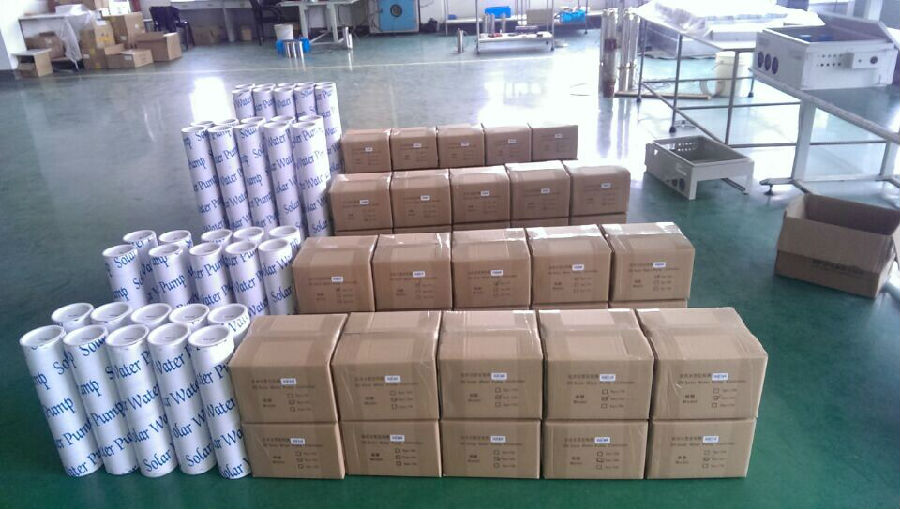

- Q:Can solar pumps be used for dewatering purposes?
- Yes, solar pumps can be used for dewatering purposes. Solar pumps are capable of pumping water from one location to another, which makes them suitable for dewatering applications such as removing excess water from construction sites, basements, or agricultural fields. The use of solar pumps for dewatering offers several advantages, including cost savings on electricity, environmental sustainability, and ease of installation in remote locations where electricity access may be limited.
- Q:How do I ensure the compatibility of a solar pump with my existing water infrastructure?
- To guarantee the compatibility of a solar pump with your current water infrastructure, there are several important factors to bear in mind: 1. Power Requirements: Verify the power requirements of your existing water infrastructure and compare them to the power output of the solar pump. Make sure that the solar pump can generate enough power to meet the demands of your water system. 2. Size and Capacity of the Pump: Ascertain the size and capacity of your present water system and select a solar pump that can handle the necessary volume. Take into consideration factors like the depth of the water source, the distance the water needs to be pumped, and the desired flow rate. 3. Pumping Method: Understand the pumping method employed in your current water infrastructure and confirm that the solar pump is compatible with it. For instance, if your current system utilizes a submersible pump, you need to opt for a solar submersible pump that can be easily integrated into your setup. 4. Plumbing and Connection: Evaluate the plumbing and connection requirements of your water infrastructure. Ensure that the solar pump possesses the necessary fittings and connections to seamlessly integrate with your existing plumbing system. If needed, consult with a professional plumber to ensure a proper fit. 5. Monitoring and Control: Consider whether you have any monitoring or control systems in place for your current water infrastructure. Some solar pumps come with built-in monitoring and control features, enabling easy integration with your existing setup. Ensure compatibility or explore additional solutions that effectively monitor and control the solar pump. 6. Seek Expert Advice: If you have any doubts about compatibility, consult with a professional who has expertise in solar pumps and water infrastructure. They can examine your setup and provide recommendations on suitable solar pump options that will smoothly integrate with your existing infrastructure. By taking these factors into account and seeking expert guidance when necessary, you can ensure the compatibility of a solar pump with your existing water infrastructure, resulting in an efficient and sustainable water pumping system.
- Q:Can a solar pump be used for sewage or effluent pumping?
- Yes, a solar pump can be used for sewage or effluent pumping. Solar-powered pumps are capable of pumping various types of fluids, including sewage and effluent. These pumps utilize solar energy to power the motor and move the fluids, making them an environmentally friendly and cost-effective option for sewage or effluent pumping.
- Q:Can a solar pump be used in areas with high humidity?
- Yes, a solar pump can be used in areas with high humidity. High humidity does not affect the functionality or performance of a solar pump as it primarily relies on sunlight to generate power. However, it is important to ensure the pump's electrical components are properly waterproofed to prevent any damage caused by moisture.
- Q:Can a solar pump be used for water supply in off-grid hospitals?
- Yes, a solar pump can be used for water supply in off-grid hospitals. Solar pumps are an excellent solution for water supply in remote areas where there is no access to electricity or unreliable power supply. They work by harnessing energy from the sun and converting it into electrical power to operate the pump. Solar pumps are especially beneficial for off-grid hospitals as they provide a sustainable and cost-effective solution for water supply. They eliminate the need for diesel generators or grid connection, reducing operational costs and environmental impact. Additionally, solar pumps require minimal maintenance and have a long lifespan, making them a reliable and durable choice for off-grid hospitals. Furthermore, solar pumps can cater to the specific water requirements of hospitals, including drinking water, sanitation, and medical equipment sterilization. They can be integrated with storage tanks or water treatment systems to ensure a continuous and reliable water supply. In conclusion, solar pumps are a viable and efficient option for water supply in off-grid hospitals, providing a sustainable and reliable solution that fulfills the specific needs of healthcare facilities even in remote areas.
- Q:How does the size of the water pipe affect the performance of a solar pump?
- The performance of a solar pump is greatly influenced by the size of the water pipe. The pipe's size determines the flow rate and pressure that the pump can generate, which in turn affects its efficiency and effectiveness. When the pipe diameter is smaller, it restricts the water flow, resulting in lower flow rates and decreased pump performance. This can lead to insufficient water delivery, slower filling of tanks or reservoirs, and longer pumping durations. Additionally, the reduced flow rate can create backpressure on the pump, increasing its workload and potentially impacting its lifespan. On the contrary, a larger pipe diameter enables higher flow rates, leading to improved pump performance and faster water delivery. This means that the pump can fill tanks or reservoirs more rapidly and operate with greater efficiency. Furthermore, a larger pipe diameter reduces the backpressure on the pump, contributing to an extended lifespan and reduced maintenance expenses. It is important to consider that while a larger pipe diameter generally enhances pump performance, there is still an optimal pipe size to be taken into account. If the pipe is excessively large, it can result in excessive friction losses and increased energy consumption, offsetting the advantages of the larger diameter. Therefore, it is crucial to select the appropriate pipe size that matches the pump's specifications and the required water flow in order to achieve optimal performance. In conclusion, the size of the water pipe has a significant impact on the performance of a solar pump. Choosing the correct pipe diameter ensures efficient water flow, faster delivery, reduced backpressure, and ultimately maximizes the pump's effectiveness and longevity.
- Q:How does the distance between the solar panels and the pump system affect its performance?
- The performance of the solar pump system can be significantly influenced by the distance between the solar panels and the pump system. To begin with, the efficiency of the solar panels relies on the amount of sunlight they receive. When the panels are positioned in close proximity to the pump system, there is minimal energy loss during transmission, resulting in higher efficiency. Conversely, if the panels are situated at a considerable distance from the pump system, energy may be severely diminished due to resistance in the transmission lines, leading to decreased overall performance. Moreover, the distance between the panels and the pump system impacts the efficiency of the electrical wiring. Longer distances necessitate longer wiring, which can increase resistance and cause power loss during transmission. Furthermore, longer wiring raises the likelihood of electrical faults or damage, resulting in reduced performance or even system failure. Additionally, the distance between the solar panels and the pump system affects the system's reliability. Placing the panels far away exposes them to a higher risk of damage from environmental factors such as extreme weather conditions, theft, or vandalism. Additionally, maintenance and repair become more challenging and time-consuming when the distance is greater, potentially impacting the system's overall performance and uptime. Lastly, the distance between the solar panels and the pump system may also impact the overall cost of the system. Longer distances necessitate more materials, including wiring, connectors, and additional mounting structures, leading to increased installation and maintenance costs. Furthermore, the cost of energy loss during transmission should also be taken into account when determining the optimal distance between the panels and the pump system. In conclusion, the distance between the solar panels and the pump system plays a pivotal role in determining its performance. Placing the panels in close proximity to the system can enhance efficiency, reduce power loss, improve reliability, and potentially lower costs. It is important to carefully consider and balance these factors in order to optimize the performance of the solar pump system.
- Q:Can a solar pump be used for drinking water supply?
- Indeed, a solar pump is capable of being utilized for the provision of drinking water. Tailored to operate solely on solar energy, these pumps present an environmentally friendly and economically viable alternative for water supply. By harnessing the power of solar panels, sunlight is converted into electrical energy, enabling the pump to extract water from wells or other water sources. The harvested water can either be stored in a reservoir or directly distributed for consumption. Solar pumps are particularly prevalent in remote regions with restricted access to electricity, thereby furnishing a dependable and sustainable resolution for the provision of drinking water.
- Q:Can a solar pump be used for water wells?
- Yes, a solar pump can be used for water wells. Solar pumps are specifically designed to utilize solar energy for pumping water, making them an efficient and cost-effective solution for water well applications. The solar panels convert sunlight into electricity, which powers the pump to draw water from the well and deliver it to the desired location. This eliminates the need for grid electricity or fuel-powered generators, making solar pumps an environmentally friendly and sustainable option for water well systems.
- Q:Can a solar pump be used in areas with high levels of arsenic in the water?
- Yes, a solar pump can be used in areas with high levels of arsenic in the water. Solar pumps are primarily used to lift water from a source and do not have an impact on the water quality. However, it is important to note that a solar pump alone cannot remove or reduce the arsenic content in the water. Additional water treatment methods would be required to address the issue of high arsenic levels.
1. Manufacturer Overview |
|
|---|---|
| Location | |
| Year Established | |
| Annual Output Value | |
| Main Markets | |
| Company Certifications | |
2. Manufacturer Certificates |
|
|---|---|
| a) Certification Name | |
| Range | |
| Reference | |
| Validity Period | |
3. Manufacturer Capability |
|
|---|---|
| a)Trade Capacity | |
| Nearest Port | |
| Export Percentage | |
| No.of Employees in Trade Department | |
| Language Spoken: | |
| b)Factory Information | |
| Factory Size: | |
| No. of Production Lines | |
| Contract Manufacturing | |
| Product Price Range | |
Send your message to us
New solar water pump with helical screw
- Loading Port:
- Shanghai
- Payment Terms:
- TT OR LC
- Min Order Qty:
- -
- Supply Capability:
- 300 set/month
OKorder Service Pledge
Quality Product, Order Online Tracking, Timely Delivery
OKorder Financial Service
Credit Rating, Credit Services, Credit Purchasing
Similar products
New products
Hot products
Hot Searches
Related keywords









